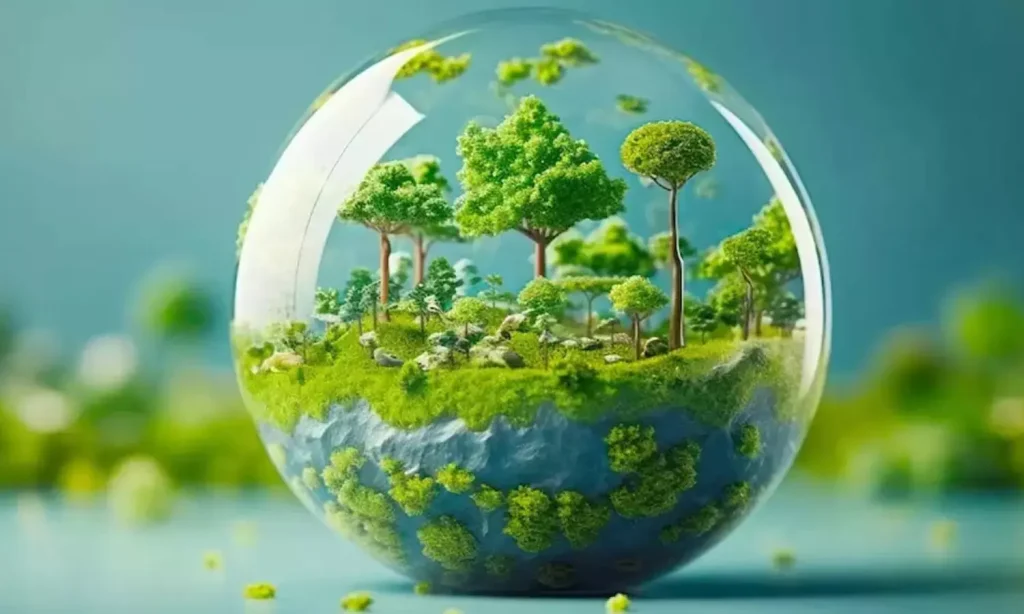Context:
The Ministry of Environment, Forest and Climate Change celebrated the 30th World Ozone Day in New Delhi, an event observed every year on September 16.
More on the news
- Theme of 2024 is “Montreal Protocol: Advancing Climate Actions”.
- It underscores the importance of the ozone layer for life on Earth and the need for continued climate action to safeguard it for future generations.
- Rising temperatures are leading to increased use of cooling systems like refrigerators and air conditioners, which in turn worsen the temperature rise, creating a vicious cycle
- Effectively implementing the Montreal Protocol is crucial and deeply intertwined with our broader efforts to combat climate change.
Ozone Layer
Ozone Molecule Formation:
- Ozone is composed of three oxygen atoms (O3).
- It forms when heat and sunlight trigger chemical reactions between oxides of nitrogen (NOX) and volatile organic compounds (VOCs), also known as hydrocarbons.
- These reactions can take place both near the Earth’s surface and high in the atmosphere.
Montreal Protocol
- The Montreal Protocol on Substances that Deplete the Ozone Layer was adopted on 16 September 1987 as a multilateral environmental agreement that regulates the production and consumption of nearly 100 man-made chemicals referred to as ozone depleting substances (ODS).
- The Multilateral Fund for the Implementation of the Montreal Protocol was established in 1991.
- The Kigali Amendment in 2016 on Montreal Protocol to phase down the production and consumption of hydrofluorocarbons (HFCs).
- India ratified the Kigali Amendment to the Montreal Protocol in 2021.
- Researcher says if the Kigali Amendment is fully ratified and implemented, up to 0.5°C of warming could be avoided by 2100.
Stratospheric Ozone (Good Ozone):
- It exists in the Stratosphere (a layer of Earth’s atmosphere), between 10 KM and 40 KM above the Earth’s surface, is known as stratospheric or good Ozone because it protects life on Earth from the sun’s harmful ultraviolet radiation.
Ground-level ozone:
- It forms near the Earth’s surface and can harm human health and the environment.
- It results from NOX and VOCs from vehicle emissions and industrial processes reacting with UV radiation from sunlight.
- While it is more common in summer, it can occur year-round and may spread from urban to rural areas due to strong winds.
India’s initiative to protect the ozone layer
- India, as a Party to the Montreal Protocol since June 1992.
- India has phased out Chlorofluorocarbons, Carbon tetrachloride, Halons, Methyl Bromide and Methyl Chloroform for controlled uses as of 1 January 2010, in line with the Montreal Protocol.
- Hydrochlorofluorocarbons Phase out Management Plan (HPMP) Stage-I has been successfully implemented from 2012 to 2016 and its Stage- II is under implementation from 2017 to 2024.
- India will phase down production and consumption of HFCs by 85% in 2047.

